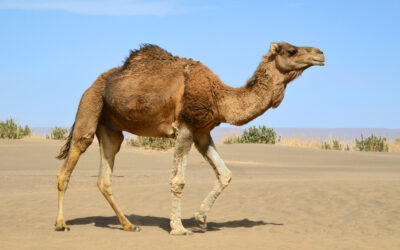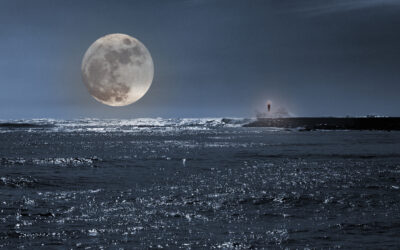
History Facts
Welcome to our Exploring History and Geography segment, where we uncover captivating stories and geographical marvels that have shaped civilizations and landscapes across the globe. History and geography intertwine to create a tapestry of human achievements, struggles, and the natural wonders that define our planet. Join us as we journey through five intriguing facts that highlight the richness and diversity of our world’s past and present.
The Great Wall of China
The Great Wall of China, a monumental feat of ancient engineering, stretches over 13,000 miles across northern China. Built over several centuries and dynasties, its primary purpose was to protect against invasions and raids from nomadic tribes. Contrary to popular belief, the Great Wall is not a single continuous wall but a series of walls, trenches, and natural barriers fortified with watchtowers and garrison stations.
Machu Picchu
Machu Picchu, nestled in the Andes Mountains of Peru, is a breathtaking archaeological marvel and a UNESCO World Heritage site. Built by the Inca Empire in the 15th century, this “lost city” remained undiscovered by the outside world until 1911. Its precise construction, sophisticated terraces, and ceremonial structures reflect the Inca’s advanced engineering skills and deep spiritual connection to the natural environment.
The Silk Road
The Silk Road was a network of trade routes that connected the East and West, facilitating cultural exchange and commerce between civilizations from China to the Mediterranean. Named after the lucrative trade in silk, the Silk Road also transported spices, textiles, precious metals, and ideas such as religion, art, and technology. This ancient network of routes played a crucial role in the development of global trade and cultural diffusion.
Miles of the Silk Road
The Nile River
The Nile River, the longest river in the world, has been the lifeline of ancient Egyptian civilization for millennia. Its annual flooding deposited nutrient-rich silt along its banks, creating fertile soil ideal for agriculture. The Nile’s waters also supported a diverse ecosystem of flora and fauna, sustaining communities and fostering cultural and religious practices centered around the river’s life-giving properties.
Nile River Length (MI)
The Panama Canal
The Panama Canal, a marvel of modern engineering, connects the Atlantic and Pacific Oceans, cutting through the narrow isthmus of Panama. Opened in 1914, the canal revolutionized global maritime trade by providing a shortcut for ships traveling between the Atlantic and Pacific coasts. Its construction involved overcoming immense geographical challenges, including dense tropical rainforests and the formidable Culebra Cut.
Panama Canal Opening
Related Articles
The Origins of April Fools’ Day—A Celebration of Tricks and Pranks
The origins of April Fools’ Day are uncertain, but one theory links it to 1582, when France switched from the Julian calendar to the Gregorian calendar. People who didn’t get the memo and continued...
The History of Camels—Nature’s Ultimate Desert Survivors
Camels have been desert dwellers for millions of years, but their adaptations make them one of the most resilient animals on Earth. Contrary to popular belief, camels don’t store water in their...
The Science of Tides—The Moon’s Pull on Earth
Tides are the rise and fall of ocean water, caused mainly by the gravitational pull of the moon. As the Earth rotates, the moon’s gravity pulls on the oceans, creating bulges of water that result in...





